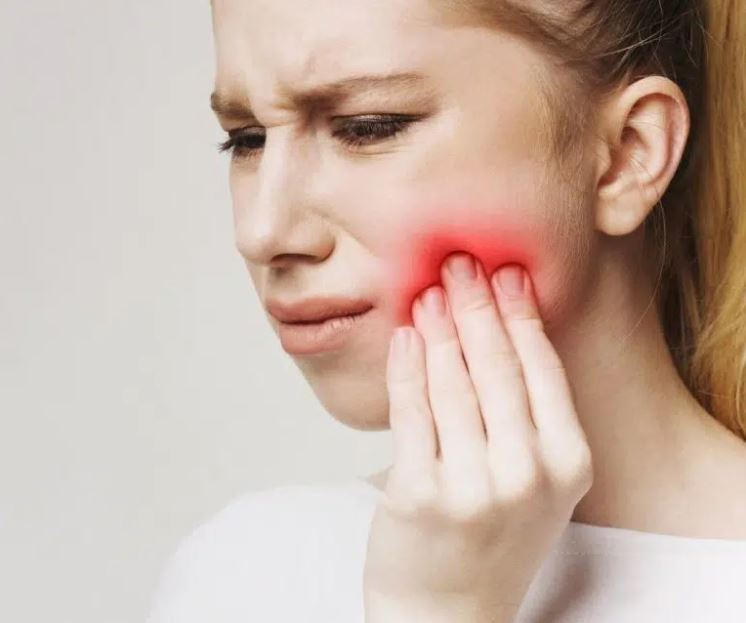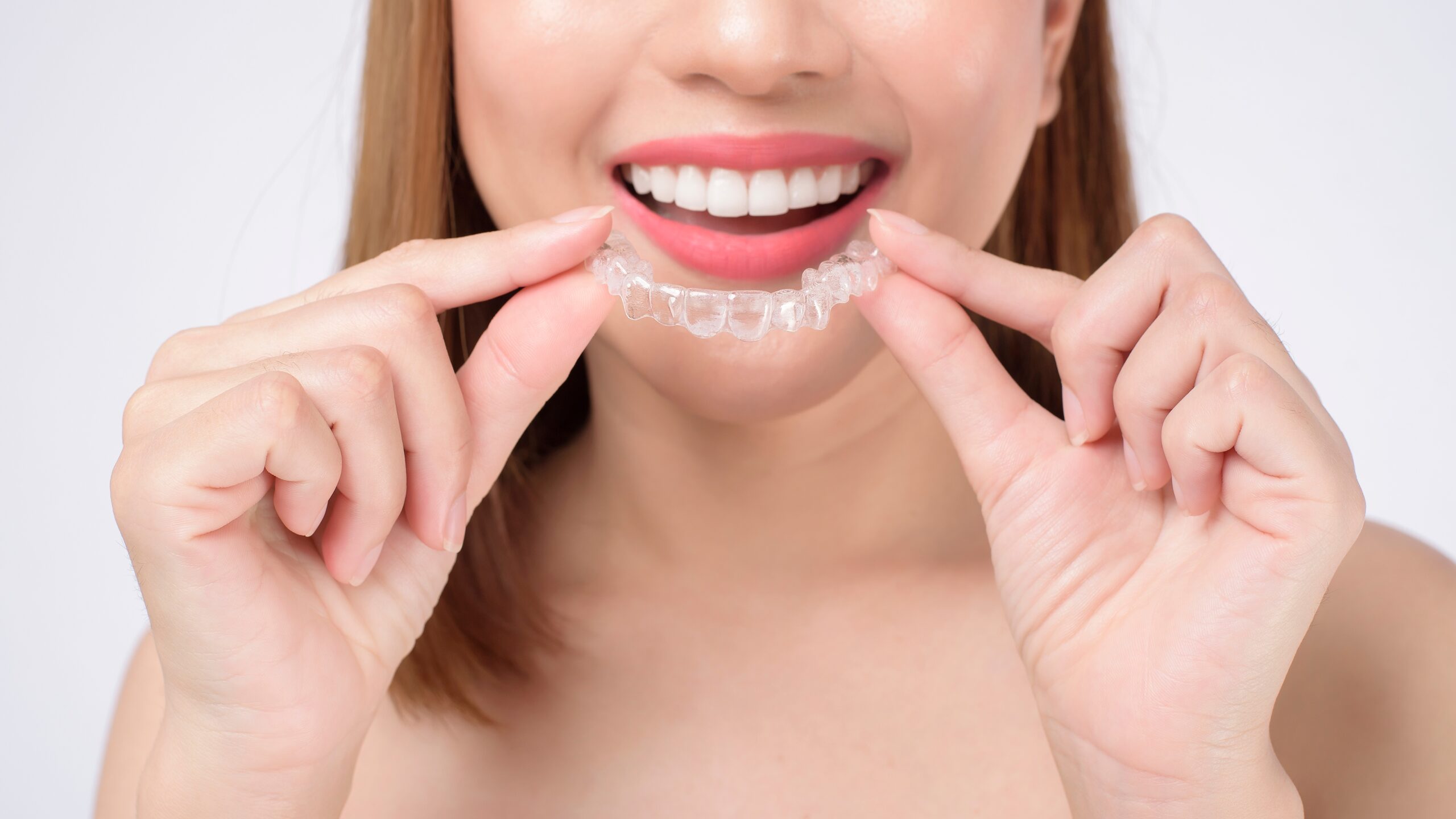
Toothache Relief and Emergency Tooth Care in Newnan
A toothache typically signals an underlying issue with your oral health. The pain can be caused by various conditions, including:
Tooth Decay: Cavities are a common cause of toothaches. When decay reaches the sensitive inner layers of the tooth, it can cause pain and discomfort.
Gum Disease: Inflammation of the gums (gingivitis) or a more severe condition (periodontitis) can cause toothache and sensitivity, especially around the affected areas.
Infection: An abscessed tooth, caused by a bacterial infection in the root or gums, can lead to intense pain and swelling, potentially spreading to other parts of the body if untreated.
Tooth Damage: Cracks, fractures, or worn enamel can expose the inner tooth (dentin), leading to sensitivity and pain, especially when chewing or exposed to temperature changes.
Impacted Teeth: Teeth that don’t fully emerge, like wisdom teeth, can press against other teeth or cause gum inflammation, leading to pain.
Bruxism (Teeth Grinding): Grinding or clenching your teeth, especially during sleep, can cause tooth pain due to the constant pressure on the teeth and jaw.
Sinus Problems: Sometimes, a sinus infection can cause pressure in the upper teeth, mimicking a toothache.
Ignoring a toothache can allow these underlying problems to worsen, leading to more severe issues like infections, tooth loss, or the need for extensive dental treatments.
Toothache Relief and Emergency Tooth Care
Simple toothaches can often be relieved by thoroughly rinsing your mouth to remove any debris. Sometimes, a toothache is caused or worsened by a piece of food or debris stuck between teeth. If this happens, gently flossing can help dislodge it. However, avoid placing aspirin directly on your gums to alleviate pain, as it can cause burns and damage the gum tissue.
Handling a Broken, Fractured, or Displaced Tooth
A broken, fractured, or displaced tooth doesn’t always need to be cause for panic—quick, appropriate action is key.
Knocked-Out Tooth
If a tooth has been completely knocked out, try to gently place it back in its socket while you wait to see a dentist. Begin by rinsing your mouth to remove any blood or debris, and use a cold compress on the cheek near the injury to reduce swelling.
If you can’t replace the tooth in its socket, hold it by the crown (the top part), not the root. Keep it in a container of warm milk, saline solution, or the injured person’s saliva until you can reach a dentist or emergency room.
Injured or Loose Child’s Tooth
If a child’s primary tooth has been loosened due to injury or as a permanent tooth is emerging, have the child gently bite into an apple or caramel. In some cases, the loose tooth will separate naturally from the gum.
When faced with dental emergencies, timely care can make all the difference in preserving a healthy smile!







